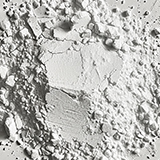

Magnesite is the mineral name of magnesium carbonate, which is a natural alkaline mineral raw material with magnesium carbonate as the main component. Magnesite (MgCO3) is the source of two-thirds of the world\'s magnesia (MgO). The global magnesium metal reserves are huge and widely distributed. The global magnesite reserves reach 24 billion tons, and the magnesite resources are mostly distributed in China, Australia, Poland, Russia, the United States, India, Canada and Greece etc.
The limestone is fed into the bucket elevator and subsequently transported to the raw material warehouse for grinding.
After grinding, the finished products are gathered by powder concentrator, and then conveyed to a screw conveyor.
The finished products are transported to the storage warehouse, while the excess gas is filtered by the dust collector.
The whole system is equipped with three pulse dust collectors to guarantee that the whole system is free of dust leakage.
The system is outfitted with an intelligent PLC control cabinet and an upper computer.
The system is equipped with an intelligent PLC control cabinet and an upper computer.
Magnesium (Mg) is a versatile element with a variety of applications in modern society. Magnesite is mainly used in the production of magnesia refractory materials and products, new building materials, fine chemical materials, etc. Magnesia products (calcined, deadburned and fused) are widely used in a range of market applications.

Is used in agricultural and industrial applications, eg, as a feed supplement to cattle, fertilisers, electrical insulations, industrial fillers, and in flue gas desulphurisation.
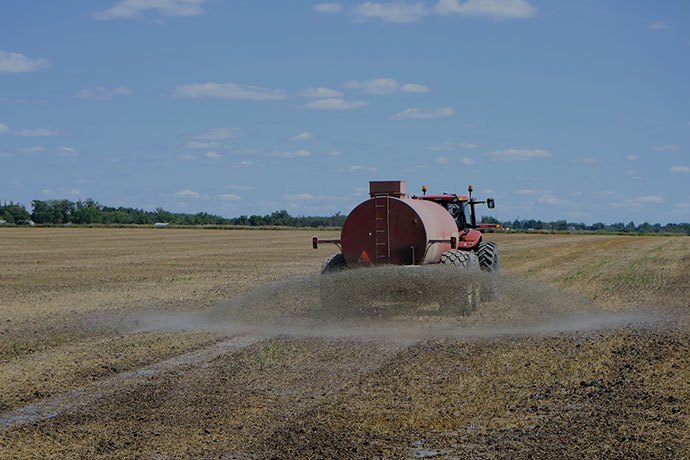
Is used almost exclusively for refractory applications in the form of basic bricks and granular refractories. Deadburned magnesia has the highest melting point of all common refractory oxides and is the most suitable heat containment material for high temperature processes in the steel industry. Basic magnesia bricks are used in furnaces, ladles and secondary refining vessels and in cement and glass making kilns.
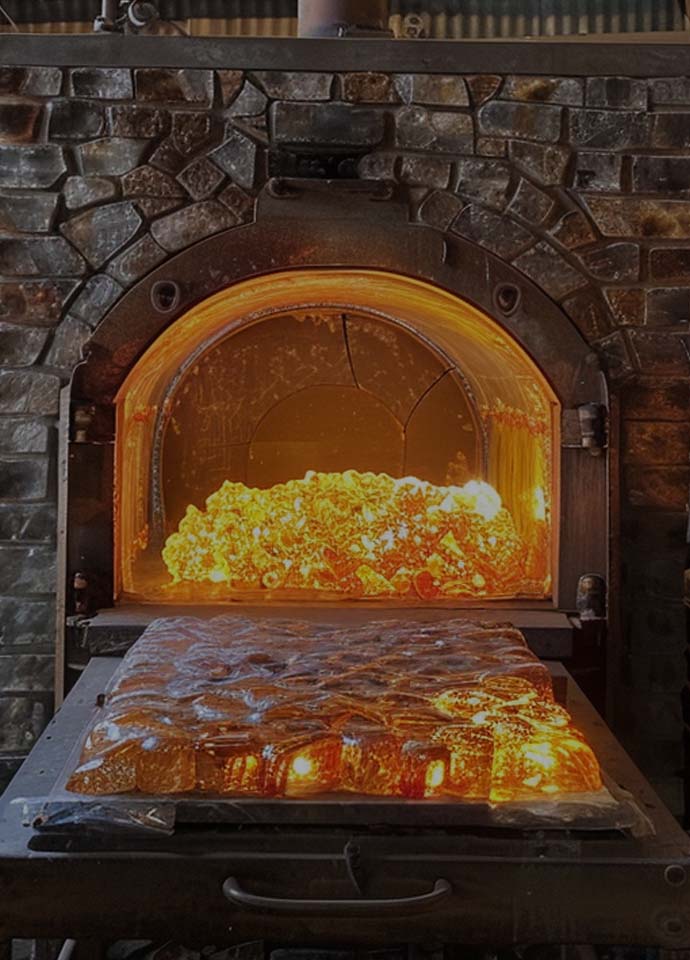
Fused magnesia is superior to deadburned magnesia in strength, abrasion resistance and chemical stability. Major applications are in refractory and electrical insulating markets. Producers of fused magnesia commonly fall into one of two categories: those producing refractory grades and those producing electrical grades. Few producers serve both markets on a mainstream basis.
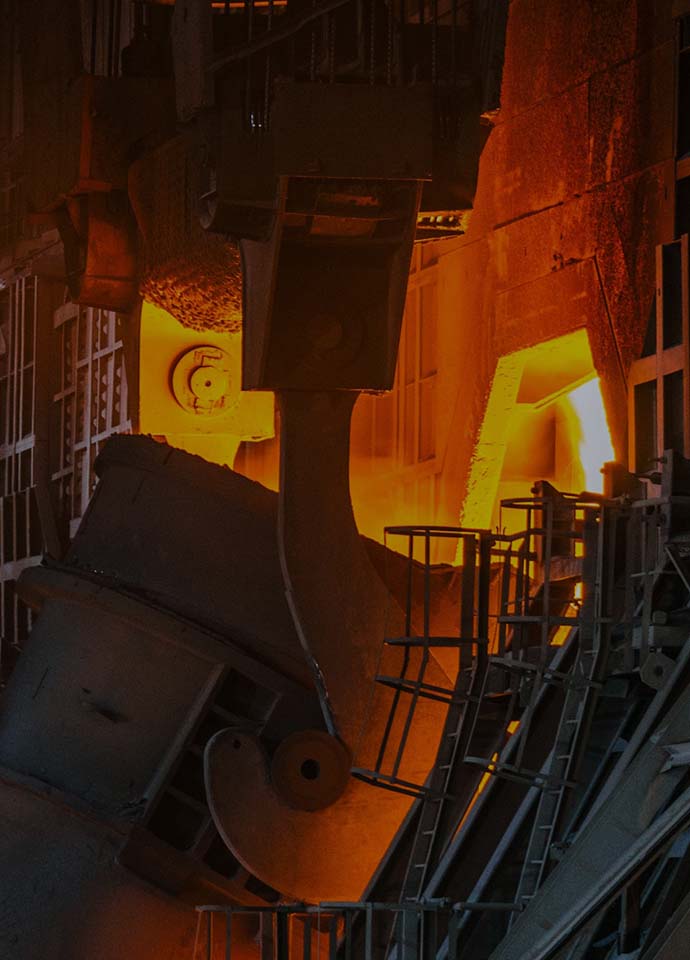
The addition of fused magnesia grains can greatly enhance the performance and durability of basic refractories such as magcarbon bricks. This is a function of a higher bulk specific gravity and large periclase crystal size, plus realignment of accessory silicates. Refractory grade fused magnesia has exacting specifications and is normally characterised by the following:
Generally high magnesia content (minimum 96 per cent MgO and up to/exceeding 99 per cent MgO)
Low silica; lime:silica ratios of 2:1
Densities of 3.50 g/cm3 or more
Large periclase crystal sizes (>1000 microns)
Due to its excellent corrosion resistance, refractory grade fused magnesia is used in high wear areas in steel making, eg, basic oxygen and electric arc furnaces, converters and ladles.
Ultra high purity (>99 per cent MgO) grades have been used in high-tech applications such as optical equipment, nuclear reactors and rocket nozzles.
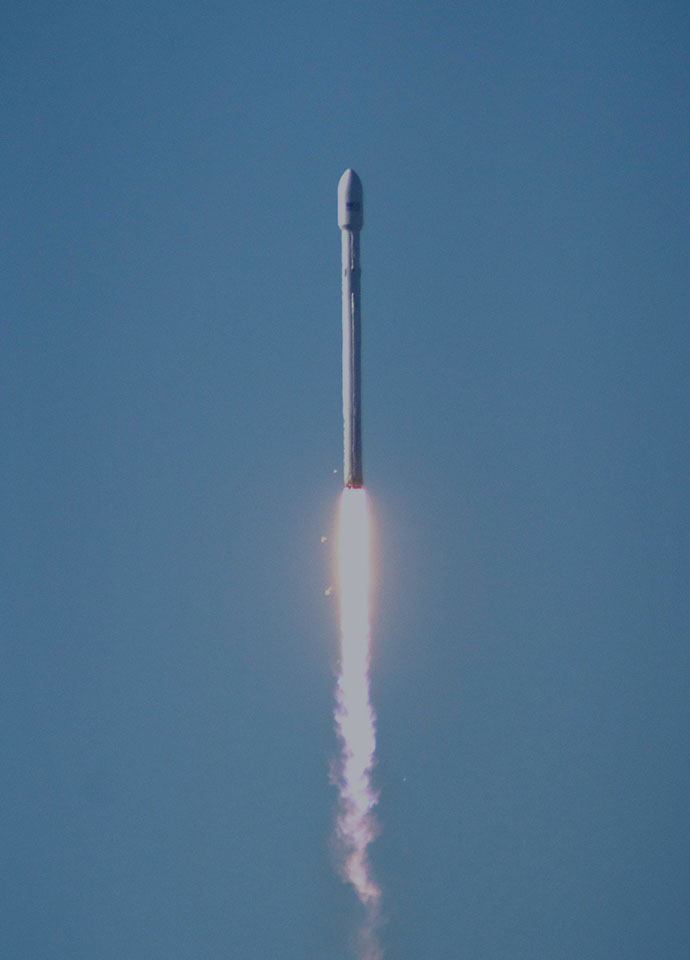
Fused magnesia is also used as an electrical insulating material in heating elements. Although electrical grades of fused magnesia have very tight specifications, they do not necessarily require the highest MgO contents or densities. Impurities such as sulphur and iron are particularly undesirable, but the product should contain sufficient silica to enhance its electrical properties. The following are characteristic of electrical grade fused magnesia.
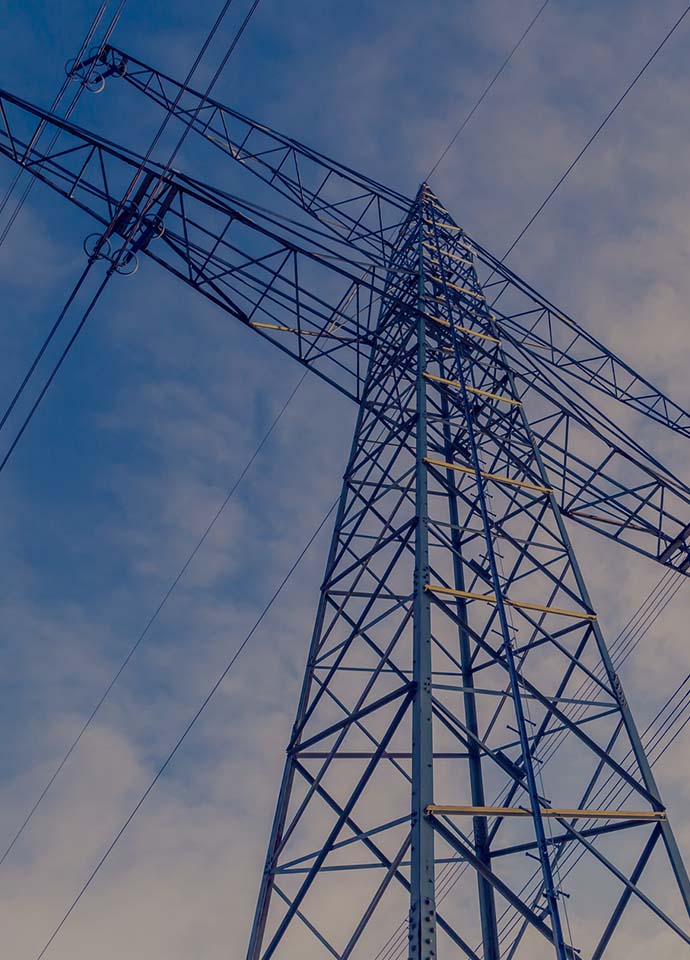
If you would like to receive personalized solutions and a free quote, kindly provide your information below.